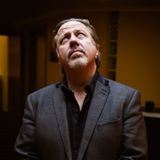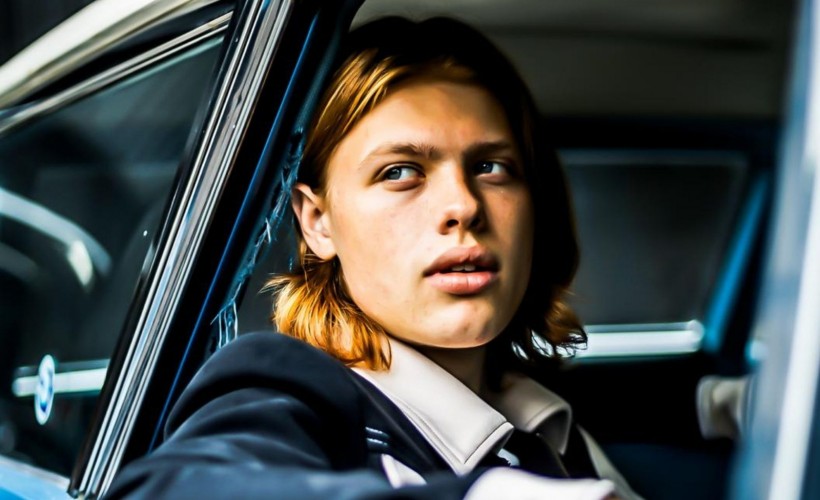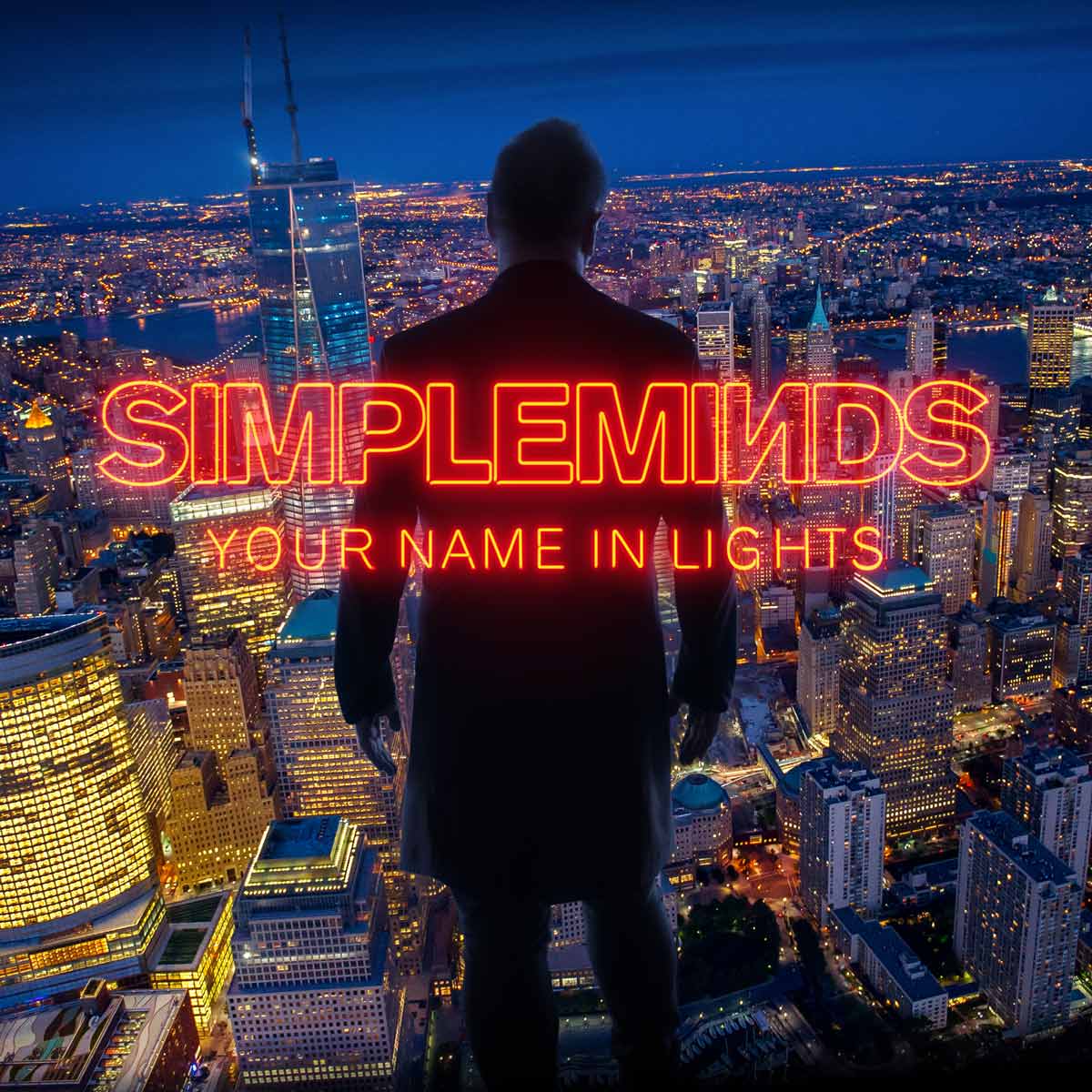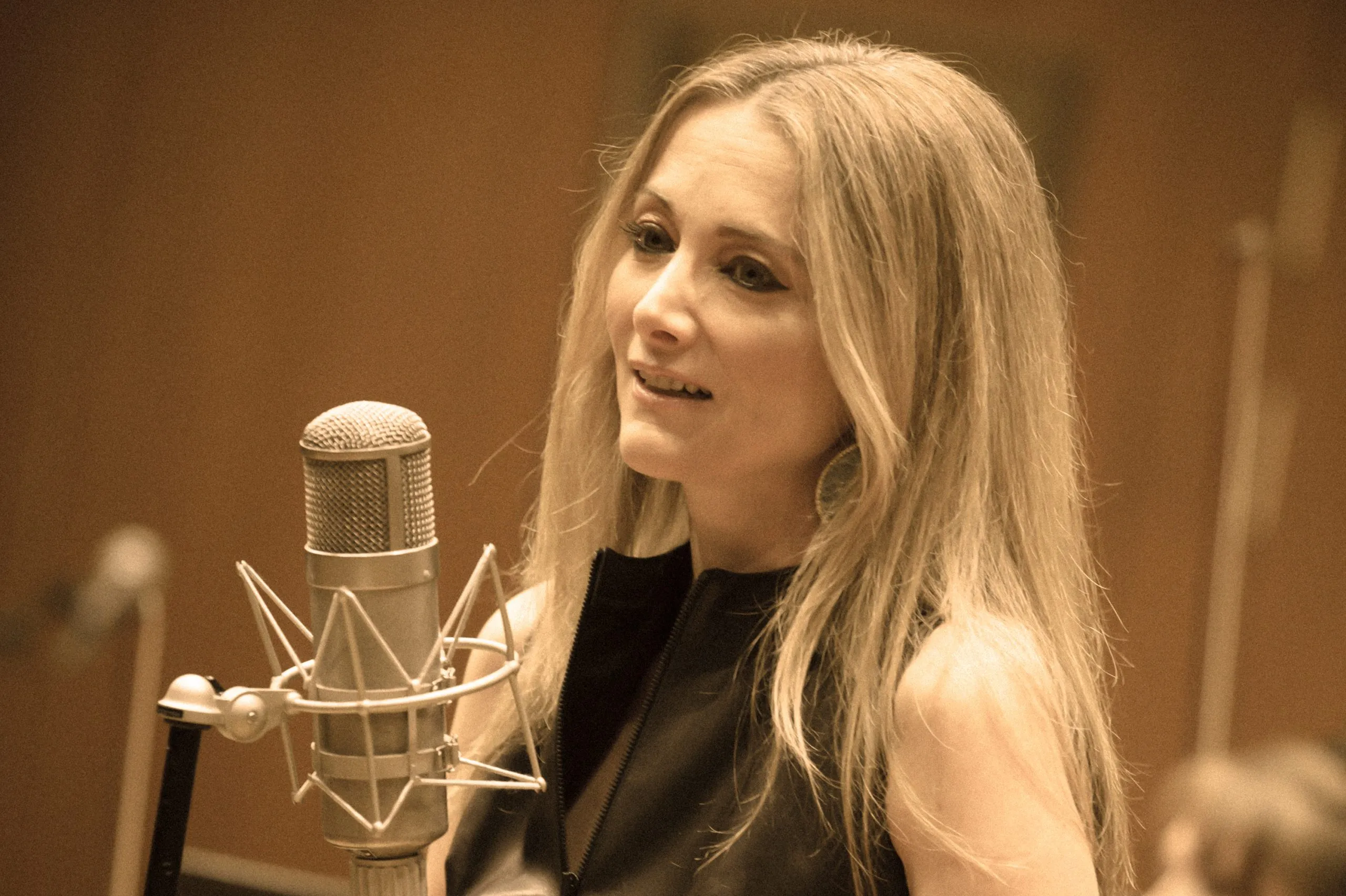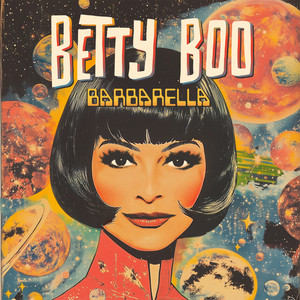Fairground, Simply Red
Fairground was a number 1 hit record – and an early success for me, a really big one. It was from the very first Simply Red album I’d worked on, and I’m happy to say 26 years later I’m still working with Mick and the boys.
I was brought in for the album ‘Life’, the follow up to ‘Stars’, which had been a huge hit everywhere. My role initially was to program the drums, but as the project developed I found myself working fully on the arrangements with Mick and Ian Kirkham (the band’s saxophonist).
Fairground was the ninth of ten songs we’d done by then, so I’d had the chance to really find my feet from working on all of that material before we embarked on what was to become the record’s biggest hit.
Mick was quite into a sort of R&B vibe at the time, with a Soul II Soul kind of swing, so that was how the early versions of some of the songs developed. But by the time we got to track nine, Mick said he had a song that he wanted to treat a bit like a Brazilian carnival tune – but it was totally at a formative stage, and he was basically still writing it the night before we were due to start.
On the day, he came in, sang the song melody down, which, in terms of meter, was all over the place. It had 5/4 bars, 7/4 bars, and of course this was very different to a modern session with pro-tools; at the time, we’d record it all onto tape. I chalked up a meter and an outline and gave the piece some kind of shape and he told me what he wanted and then he left me to develop the program.
He’d wanted me to program something from scratch, something really full and Latin, but it so happened that I knew the tune Give It Up by The Goodmen, which contained samples by the Brazilian percussionist Sergio Mendes. I was also thinking a little of Rhythm Of The Saints by Paul Simon. So we asked Merv Pearson, his assistant, to head over to the record shop and buy these two records for us to reference
When he came back, we listened down to them and decided to use a sample from The Goodmen track, recording it into an Akai sampler and then looping one of the main parts. I cut and re-ordered all of the fills to fit with the song structure I’d made out, and to fit with the vocal melody Mick had so that the various measures and meters would work.
When Mick came back into the room, he heard his vocal against the rhythm track and he loved it straightaway and said; ‘that’s absolutely what I want!’
So I knew we were onto something. We put a house piano on the track, which Fritz McIntyre played, very stabby, the kind of thing everybody was using at the time. Then Ian Kirkham used the EWI (electronic wind instrument) to play a part which we had midied to my Roland JD800 – and I made the sound you hear in all of the verses, that kind of dreamy, rounded, floating tone which became a signature sound of the track.
We added backing vocals, a bass part that was really just a low, sub-type tone, and Heitor Pereira played an organ part midied from his guitar and that was the record.
Stewart Levine oversaw some notable contributions to the album from the likes of Sly & Robbie and Bootsie Collins, and they were incredible sessions – but by chance Fairground – of all the tracks on the record was the one where nothing really changed from our early versions.
And the fact it went on to be a number 1 hit record and stayed there for four weeks, propelling the album to six million sales worldwide will always be a very special thing to look back on.

